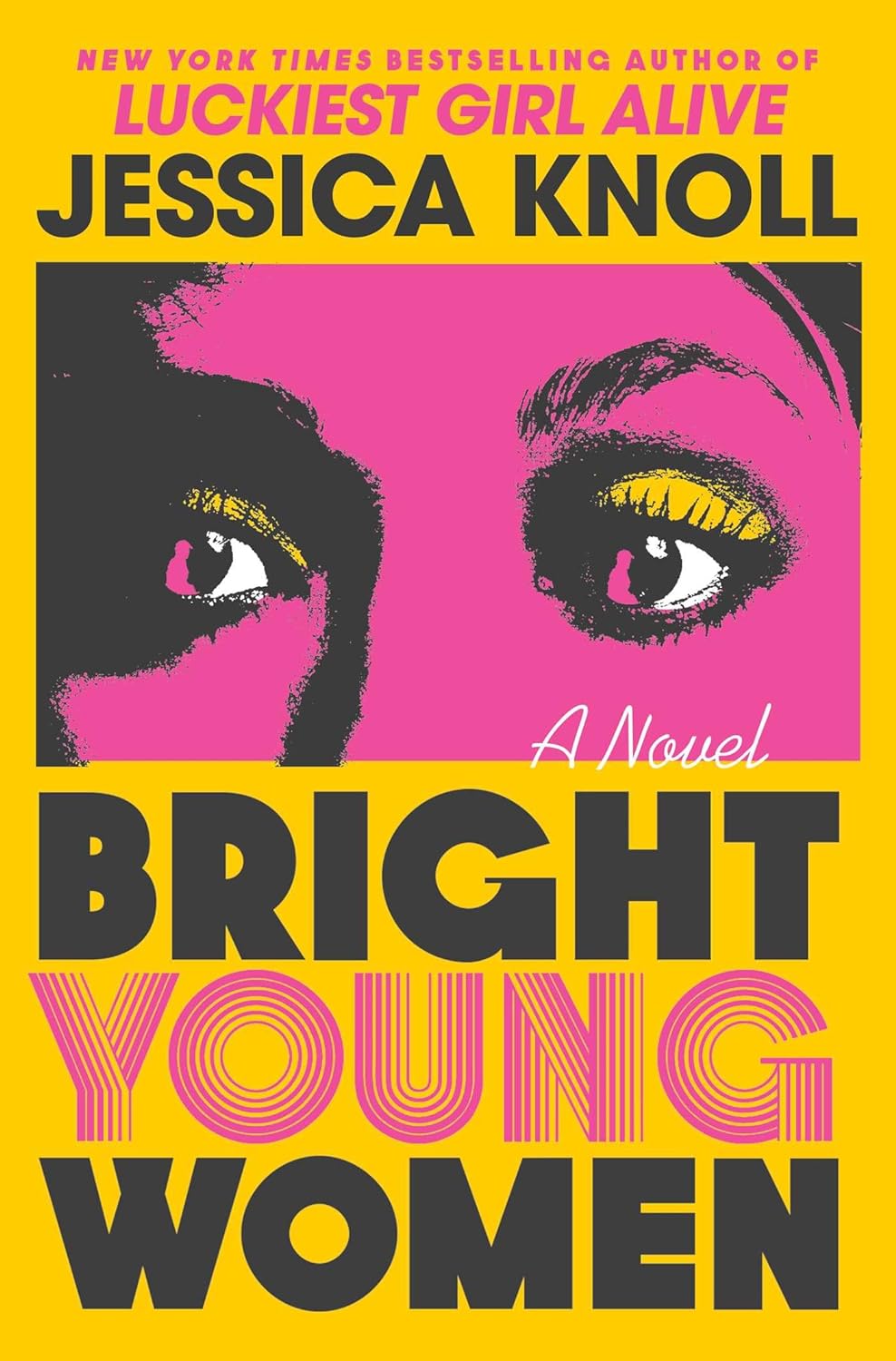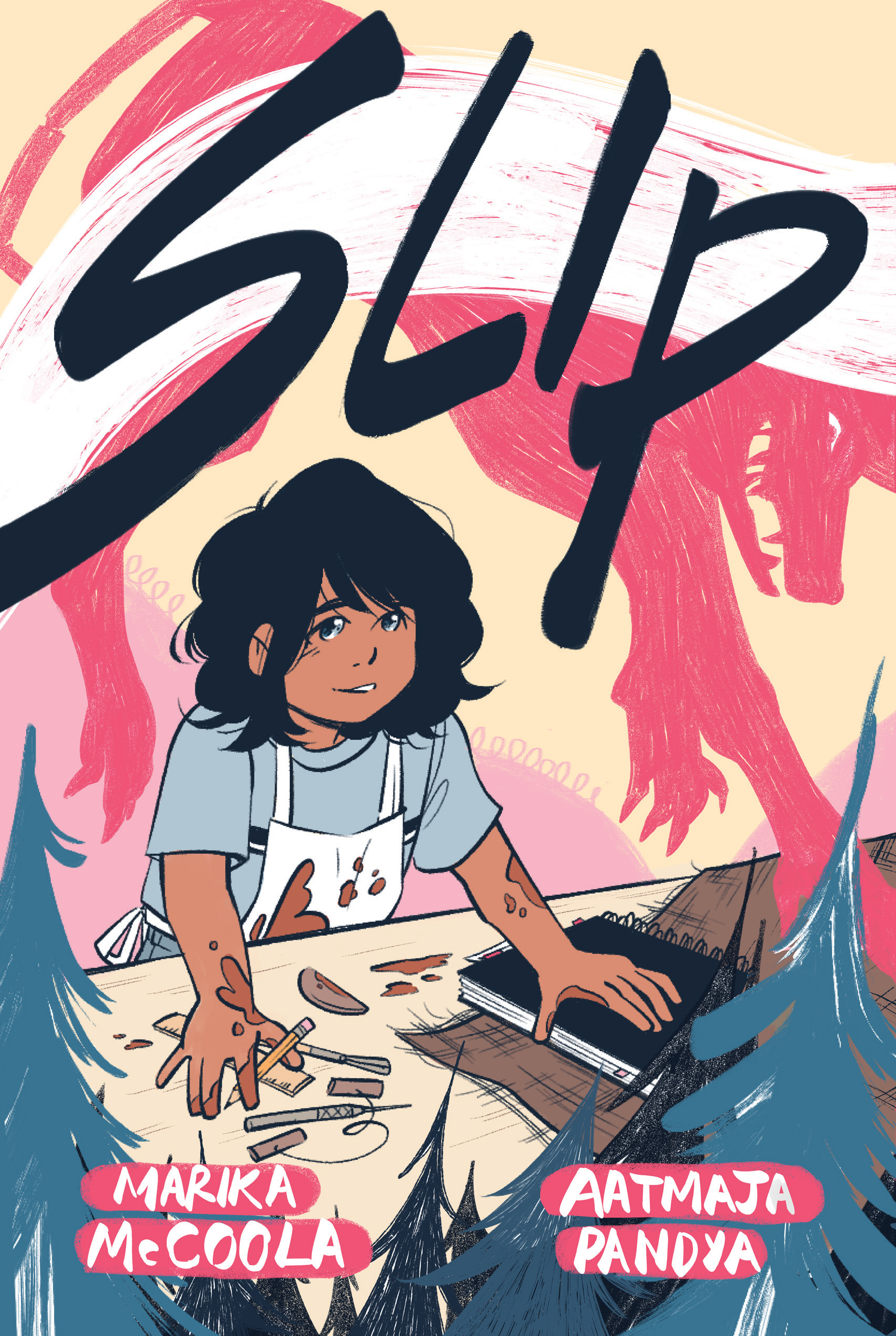The act of interacting with text—that is to say, of reading—is that of inserting one’s self into what is static and unchanging so that it might pump with fresh blood. Having read this introduction, I hope you will enter into Carmilla thusly, using your fingertips and mouth and mind to locate the lacunae where LeFanu excised pieces of Veronika’s account, the hallways haunted by the specters of truth and phantom of passion. See if you cannot perceive what exists below: the erotic relationship of two high-strung and lonely young women. The shared metropolis of their dreaming. An aborted picnic in the ruins.
This isn’t my first encounter with Carmilla. I’ve read it twice before, and, of course, seen the web series and their movie (in theatre). I have a complicated relationship with this text, which I will get into later, but suffice to say I am repulsed and attracted—just as Laura is said to be to Carmilla. So, when I found out that Carmen Maria Machado was editing and introducing an edition, I needed to get my hands on it. Machado wrote Her Body and Other Parties, which is an incredible short story collection. This review will by mostly about Machado’s edition as a distinct work, but if you’d like to read my thoughts about Carmilla in general, here is my original review.
After I received a review copy of this edition, I started to wonder how different a change in editor would really make. I shouldn’t have underestimated Machado. Carmilla was originally published as a serial in a magazine. After that, his short stories were collected, with an added introduction which claimed that the story was gleaned from a Doctor Hesselius’s collection of letters. Machado adds another layer on top of this, claiming that the actual letters were discovered hidden in Le Fanu’s property, and that he had not only stolen this story and claimed it as his own, but had also censored it. She creates a meta narrative around the work, which leads us to imagine that Carmilla was published in a world where vampires do exist.
Through her introduction, she makes the queer subtext (already hard to deny) text. In the discovered letters, the real Laura (Veronika) describes her undisguised desire for the real Carmilla. This casts doubt on Le Fanu as a narrator, showing him as a biased perspective. He is made unimportant, an impediment to understanding the story and the character, instead of a creator. Machado’s introduction claims that she hasn’t restored the edition to the “original letters” because she hopes that more will be discovered, and also because she wanted Le Fanu to be recognized in his inadequacy and shame. What a brilliant reclamation of this story, which centres the women and their relationship. Instead of seeing a queer reading as violating the intent of the author or bringing a modern lens, it imagines the story as being previously misinterpreted through a heteronormative view. It’s brilliant.
Of course, there’s more to this book than just the introduction. There are footnotes, but they are only occasional. There are a handful of factual footnotes, mostly indicating place names that no longer exist. And then there are a precious handful of footnotes that add a whole new dimension to the text. One footnote casually relays the life story of a character who only shows up for a few pages. After Laura glances at the woods, a footnote laments, “Lonely as she was, if only Laura knew the potential friends who resided in those woods! Peddlers, mountebanks, roguish-but-decent thieves and brigands, fairies, wolpertingers…” And the ultimate footnote, of course, which simply reads: “If this isn’t an orgasm, nothing is.” It’s so nice to have a friendly (i.e. queer) guide through this unfriendly narrative. As wonderful as it is to read a lesbian vampire story that predates Dracula, it is openly hostile to queer readers. This edition, instead, centres a queer narrative. In the introduction, she excerpts from Veronika’s discovered letters, where she says she dreams of Carmilla, of her corpse intoning “You are mine,” and follows it with “How I fear that sound: that it might be true, and that it might never be true again.” In this story, the male characters are executing Laura’s lover while claiming to be protecting her. Machado compares her to Elizabeth Báthory: monster, or victim of misogynistic smear campaign?
There are also a few beautiful and detailed illustrations by Robert Kraiza, including a sexy illustration of Carmilla and Laura’s embrace. Like Machado’s footnotes, I savored each one, but I was also greedy for more of them. One of the things that I noticed about the original story this time around was the lore. I like reading early vampire or zombie stories, because the rules and associations around them have changed over time. In Carmilla, vampires must return to their graves to sleep at least a few hours every day. (They also seem to be able to walk through walls and get into and out of their graves without disturbing the soil.) When they unearth Carmilla in her coffin, she is partially submerged in blood, which is such a creepy image that I’m surprised it hasn’t survived. I also noticed this time that Le Fanu’s text describes the vampire, after finding a suitable victim, to engage in a kind of courtship which resembles the passion of love. He says that they yearn for something like consent or sympathy. Carmilla is not treated entirely sympathetically in the original text, but this definitely leaves the door open for more generous interpretations.
Finally, I found myself ruminating about why queer people so often love monsters, villains, vampires. I think that Laura’s mix of fear and shame and attraction is such an uncomfortable reflection of some of our first experiences with queer desire—before, maybe, we even knew enough to name it. That monstrous, beautiful future that could be glimpsed in it. Laura’s feeling of being both drawn to Carmilla and feeling “something of repulsion” can easily be interpreted as compulsory heterosexuality souring desire. In fact, so heteronormative is Laura that she wonders if Carmilla could be a boy disguised—the only way she can conceive a romance. She is so undone by this queer courtship that she says “I don’t know myself when you look so and talk so.” Outside of (or alongside) compulsory heterosexuality, I started to think of Laura and Carmilla’s relationship as being a representation of toxic relationships—love growing into adoration, and also of abhorrence. Initially unaccountably pleasurable, fascinating, and then mixed with the horrible, resulting in Laura’s increased lassitude, melancholy, and thoughts of death. This could easily be reimagined as a canon relationship, but an unhealthy and even abusive one.
Ultimately, I keep coming back to this story for the same reason that I keep coming back to lesbian pulp. Because I think that it’s crucial to not only have a queer present and future, but also to reclaim our past. And those narratives have been hidden, and when they’re not hidden, they’re hostile. But I want to seek out every snide reference to a queer woman throughout time, and it’s for the same reason that queer people reclaim monsters and villains. Because we stare our fears in the eye and embrace them. We take the boogeyman stories about us and we invite them in. We make monsters into heroes and the heroes into monsters. We queer the story. Instead of shrinking from the terrible associations that have been put on us, we remake them and show them off. Because we are alchemists who turn shame into pride. And this is a book that knows that so intimately. Carmen Maria Machado seems to know why I read Carmilla, and created a pathway through this story that does most of the work for queer readers. This is a profoundly different experience from reading Le Fanu in isolation. Machado’s edition has made me think more deeply about this story, and has made me feel like a welcome reader to it, which is not an easy thing to do with a text that frames people like me as monsters. I will cut off this sprawling essay here, since I feel like I’m approaching the length of the novella, but I hope that if you have read Carmilla, you re-read it in this edition, and if you’ve never read it, treat yourself to this little-changed but much-improved version.




James Forrest says
I (shamefully) had never even heard of this story, but I had heard of Le Fanu, I am interested that it predates Dracula. And the Victorian dialogue sounds so loaded with meanings, you just don’t get that quality of wordcraft nowadays. (I am a big fan of Gissing and Trollope) In your opinion, do you think I should read this new Machado edited version first rather than a previous version?